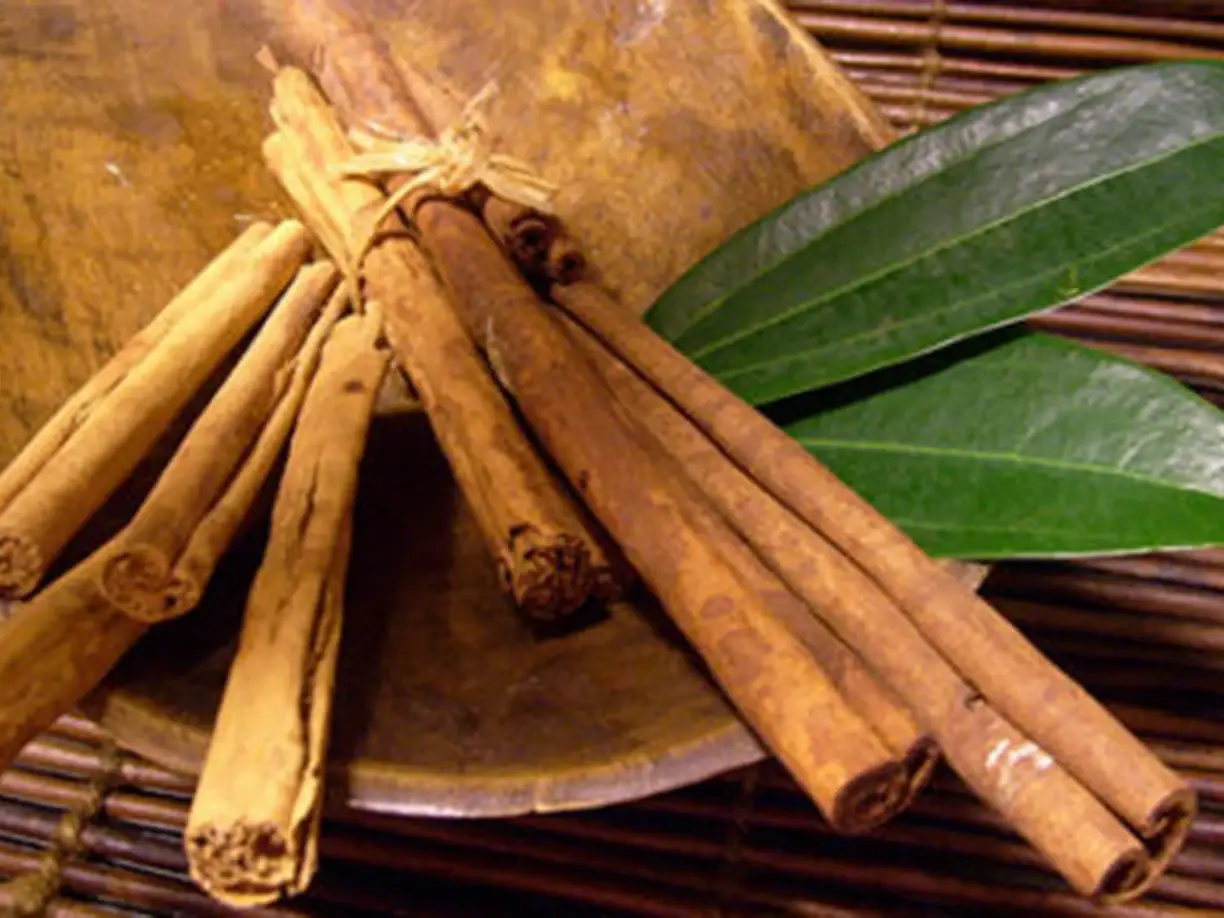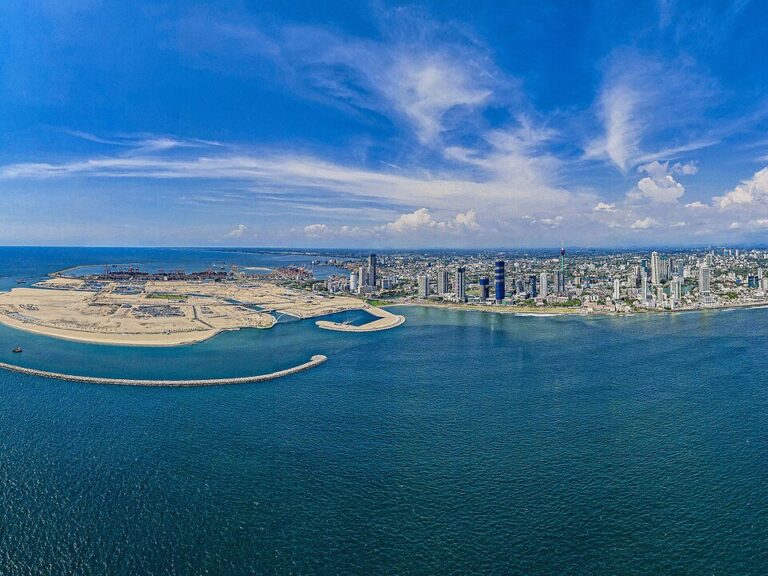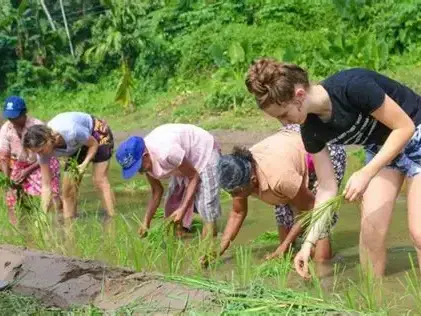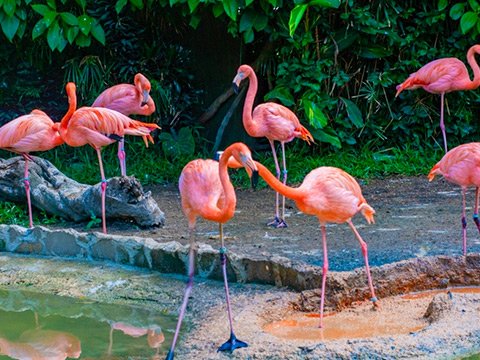Ceylon Cinnamon CO₂ Gold: Monetizing Carbon Credits from Spice Forest Conservation via Luxury Partnerships

Introduction: Turning Trees into Gold in the Age of Climate Finance
In a world where net-zero targets are now corporate mantras, the humble cinnamon tree could be Sri Lanka’s new gold. But not through spice alone. Instead, through the invisible currency of carbon. As climate change tightens its grip globally, carbon credits—once the domain of industrial emitters—are being reimagined through forests, biodiversity corridors, and now, spice estates.
Ceylon cinnamon—arguably the island’s most iconic botanical export—grows in micro agroforestry ecosystems that are not only biodiversity-rich but also carbon-rich. These lands, if conserved and properly measured, could generate verifiable carbon credits traded in global voluntary carbon markets. The next phase? Linking those credits to luxury brands, gourmet product lines, and ESG-driven hospitality portfolios.
Could a cinnamon estate in Galle or Matara partner with a Parisian fragrance house, a Swiss watchmaker, or a global hotel chain under a carbon offset-luxury alliance? Yes. And that’s the revolution quietly brewing in Sri Lanka’s spice heartlands.
Section 1: The Basics – What Are Carbon Credits?
A carbon credit represents one metric ton of CO₂ (or equivalent greenhouse gases) avoided or removed from the atmosphere. When a landowner or project developer preserves forests, plants trees, or prevents land degradation, they can quantify the resulting carbon sequestration, validate it under international standards (e.g., Verra, Gold Standard), and sell these credits in voluntary carbon markets.
As of 2024, the global voluntary carbon market was valued at USD 2 billion, with projections suggesting it could reach USD 40–50 billion by 2030 (McKinsey, 2024).
Section 2: The Untapped Carbon Sink – Sri Lanka’s Cinnamon Belt
Sri Lanka’s cinnamon-producing regions—especially in Matara, Galle, Kalutara, and Ratnapura—are predominantly agroforestry systems where cinnamon is intercropped with clove, pepper, areca nut, and fruit trees. These systems:
- Avoid mono-crop degradation
- Improve topsoil carbon retention
- Host bird and insect biodiversity
- Prevent erosion and microclimatic stress
According to a 2022 study by the Forest Department of Sri Lanka, agroforestry plots with cinnamon and multi-species trees could sequester 5–8 metric tons of CO₂ per hectare per year.
With over 30,000 hectares under cinnamon cultivation, the theoretical sequestration potential exceeds 150,000–240,000 metric tons of CO₂ annually—a valuable offset commodity if formalized through certification.
Section 3: Aligning with Luxury – Beyond Carbon, Toward Brand Value
What if carbon credits from Ceylon cinnamon forests were paired with luxury product stories?
Just as champagne is protected by origin in France or Parmigiano-Reggiano in Italy, Ceylon cinnamon carbon credits can be marketed under Geographical Indication (GI) frameworks and ethical luxury partnerships.
Luxury brands today—whether in haute couture, fine dining, or eco-hospitality—seek traceable sustainability narratives. A Swiss watchmaker could offset its product line with carbon credits sourced from the very forests that grow the cinnamon bark used in limited-edition packaging. A New York fragrance house could back its vanilla-sandalwood scents with spice forest offsets certified under Verra.
Section 4: 6 Global Case Studies that Inspire the Cinnamon Carbon Model
🧩 Case Study 1: Chanel + Gold Standard – Mangrove Carbon Offsets in Indonesia
French luxury brand Chanel has invested in mangrove restoration projects in Southeast Asia to offset part of its emissions under the Gold Standard framework. This model integrates nature-based solutions with luxury ESG storytelling.
🧩 Case Study 2: Givaudan Fragrances + Forestwise (Indonesia)
The Swiss fragrance giant Givaudan partnered with Forestwise to create a “rainforest-sourced” ingredient line, combining forest preservation with high-end scent branding. A similar approach could be tailored to Ceylon cinnamon.
🧩 Case Study 3: LVMH’s Regenerative Cotton and Carbon Program (India)
In India, LVMH co-invested in regenerative cotton fields and soil carbon projects to offset their fashion emissions while securing luxury textile sourcing—proving dual returns are possible.
🧩 Case Study 4: Nespresso + Carbon Credits from Agroforestry (Latin America)
Nespresso offsets emissions by purchasing carbon credits from coffee-producing agroforestry systems, illustrating how smallholders can gain premium value from climate-smart farming.
🧩 Case Study 5: The Savory Institute (USA) – Verified Regenerative Land Credits
This nonprofit certifies “ecological outcome verified” land credits, which premium brands like Patagonia and Burberry use to offset their emissions while investing in soil health and biodiversity.
🧩 Case Study 6: Six Senses Resorts + Blue Carbon Partnerships (Thailand, Maldives)
Luxury hospitality chain Six Senses offers guests optional offset packages tied to mangrove and reef conservation. The same can be explored via Sri Lanka’s cinnamon-forest interface with luxury eco-resorts in the Deep South.
Section 5: Building the Cinnamon CO₂ Gold Model in Sri Lanka
🔄 Step 1: Mapping Eligible Land and Forest Assets
Begin with mapping certified organic cinnamon estates (already traceable and regulated) and identifying those with agroforestry configurations.
📏 Step 2: Measuring Carbon via MRV Tools
Use MRV (Monitoring, Reporting, Verification) protocols under Verra’s Agriculture, Forestry, and Other Land Use (AFOLU) sector. Digital MRV platforms (like Pachama or Carbonfuture) can reduce cost.
✅ Step 3: Certification and Registration
Projects must be registered under credible registries (Verra, Gold Standard, Plan Vivo). Local consultants must be trained and certified to assist cinnamon estate owners.
💼 Step 4: Luxury Brand Partnership Development
Create co-branding strategies:
- “Cinnamon Carbon Vintage 2025” as a collectible offset product
- QR codes on perfume or boutique hotel packaging linking to GPS-verified cinnamon forests
- Luxury event activations in Colombo, Galle, and Geneva
💸 Step 5: Pricing and Revenue
Carbon credits linked to luxury ESG narratives can command higher prices. While generic credits average USD 4–6 per ton, luxury-branded credits can reach USD 15–25 per ton.
For 150,000 tons annually, this translates to USD 2.25–3.75 million per year for cinnamon estate owners and conservation partners.
Section 6: Policy, Legal, and Institutional Needs
⚖ Legal Safeguards
Sri Lanka must rapidly update its carbon trading framework, ensuring landowner rights, benefit-sharing, and non-exploitation. The National Carbon Registry, still in its infancy, must align with international standards.
🏛 Institutional Actors
- Export Development Board (EDB): Branding and trade promotion
- Forest Department: Ecosystem verification
- Ministry of Environment: Climate diplomacy and offset regulation
- BOI / Tourism Ministry: Luxury ESG investment facilitation
Section 7: Risks and Ethical Considerations
- Greenwashing: Luxury brands may misuse carbon credit claims; robust due diligence is critical.
- Land Grabbing: Forest carbon markets globally have shown exploitative practices. Ensure local landowner control.
- Equity: Benefits must flow fairly to estate workers, smallholders, and rural women cooperatives.
These projects must be transparent, inclusive, and science-based—or risk being another failed carbon colonialism tale.
Section 8: Broader Economic Impact Forecast
Over a five-year horizon, the cinnamon carbon initiative could yield substantial economic and social dividends. In the first year alone, approximately 25 estates are projected to be certified, generating around 50,000 tons of CO₂ credits. By year three, this figure could rise to 120,000 tons across 100 estates, ultimately reaching 200,000 tons annually from 200 certified estates by year five. This volume of credits could generate gross revenues of approximately USD 750,000 in year one, scaling up to USD 2.4 million in year three and USD 5 million by year five. Direct employment is expected to grow in parallel, creating over 600 jobs initially and exceeding 2,000 by the fifth year. Beyond these quantifiable gains, the program is anticipated to spark a broader ripple effect—boosting rural tourism to cinnamon-growing regions, enabling ESG-aligned product innovations, and strengthening the global premium branding of “Ceylon” as a sustainable, ethical origin.
Conclusion: Cinnamon as Currency in the Climate Age
Sri Lanka must stop seeing cinnamon only as a spice—it is a bio-cultural asset, a climate tool, and potentially, a luxury ESG token in the carbon markets of tomorrow.
With high-value traceability, GI protection, rich forest ecosystems, and centuries-old brand equity, Ceylon cinnamon is uniquely positioned to produce not just premium flavor—but premium carbon value.
If done right, “Ceylon Cinnamon CO₂ Gold” could be Sri Lanka’s next soft power export—blending biodiversity, branding, and carbon into one potent capsule of sustainability.
Disclaimer:
This article has been authored and published in good faith by Dr. Dharshana Weerakoon, DBA (USA), based on publicly available data, professional experience, and industry insight. It is intended solely for educational, journalistic, and public awareness purposes. The author accepts no responsibility for any misinterpretation, adaptation, or misuse of the content. Views expressed are personal and do not constitute legal or financial advice. This article complies with the Intellectual Property Act No. 52 of 1979, the ICCPR Act No. 56 of 2007, and relevant data ethics. ✍ Authored independently and organically—not AI-generated.
Further Reading: https://dharshanaweerakoon.com/fathom-five-fisheries-pioneering-underwater-culinary-journeys-in-trincomalees-historic-shipwreck-alley/






